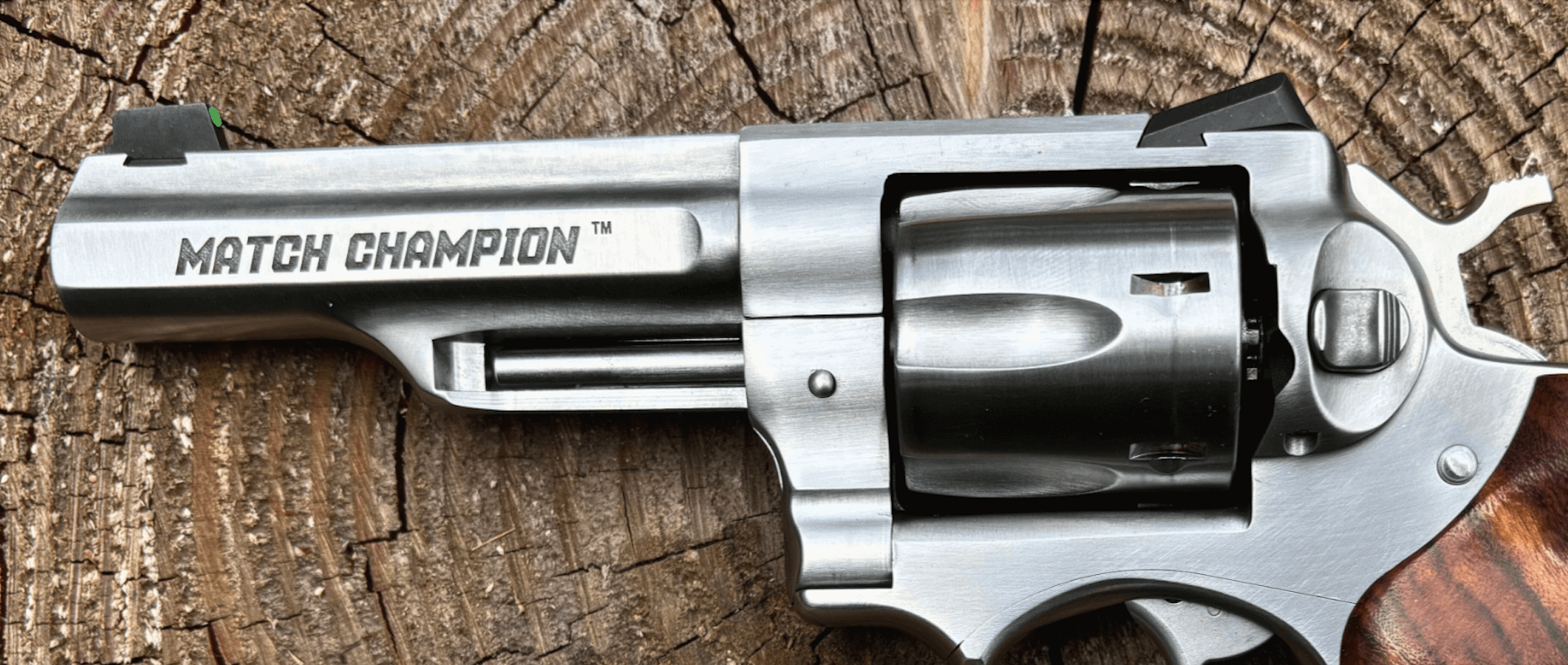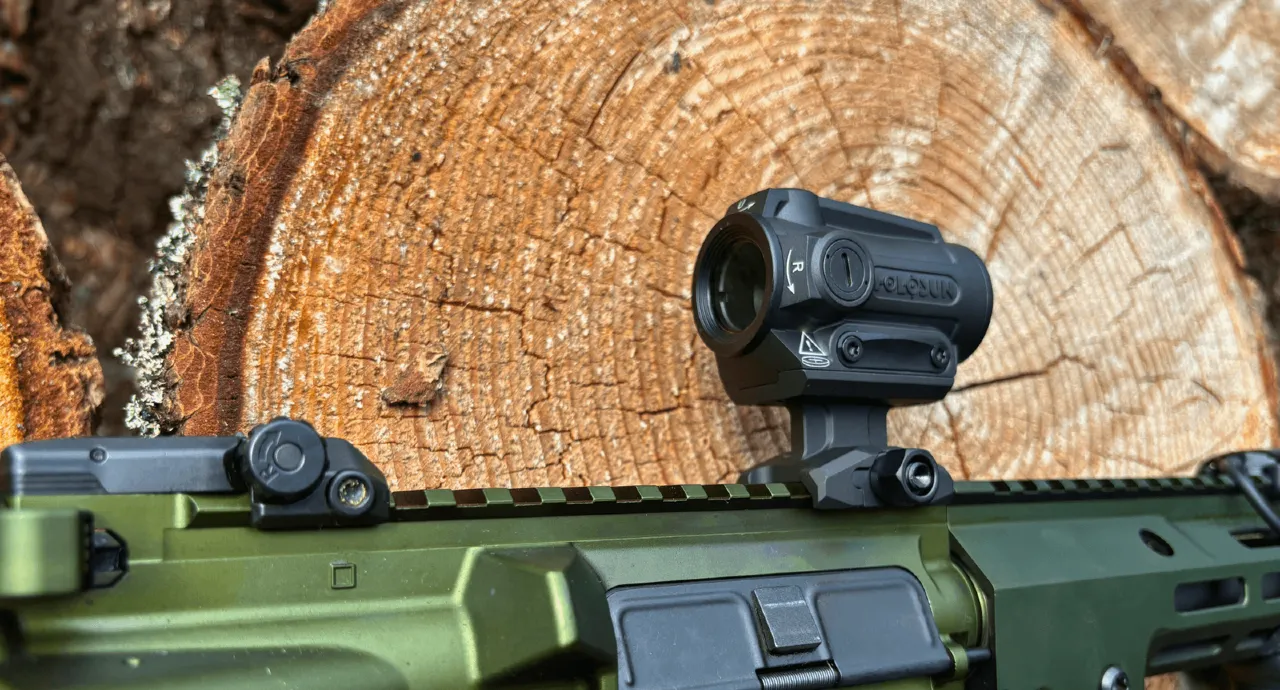Most of us will think of Remington and Winchester first when it comes to naming US rifle manufacturers but in this competitive space are the Ruger rifles.
In 1968, Sturm, Ruger & Co. released their Ruger M77, a bolt-action rifle. The original models came with a round top on the receiver that needed separate bases for scope mounting. The purpose in building this rifle was to provide an affordable weapon for the working man. The rifle used castings for the action and bolt to reduce manufacturing costs, which was met with skepticism that it would be an unsafe gun using a cast bolt. But the skeptics were wrong. Not only was the rifle less expensive by using investment casting to make the M77 bolt, it proved to be stronger than a machined bolt.
Drop forging, if properly heat treated, is the only thing stronger than an investment casting because they are stress-free, and even machined parts can’t compete there. However, the receiver is hard so machining and bedding them due to the angled action screw, is considered difficult.
But in 1991, the rifle underwent a redesign adding features like a fixed-blade ejector and a three-position wing safety that allowed the shooter to block the sear while operating the bolt for safe unloading. However, it had an inferior trigger that wasn’t adjustable. Replacing the factory trigger with a Remington trigger group or a Timney drop-in trigger showed an improvement of the Ruger 77’s accuracy.
In 2006, another version of the Ruger 77 gave us the Hawkeye model which had a redesigned LC6 trigger to improve on the accuracy issues but generally, the feel of the Ruger receiver was the same. The M77 Hawkeye Predator from Ruger is much more accurate giving 0.5 MOA groups with factory ammo. Since then, there have been several versions of the Ruger M77 that included the Varmint Target model, which had a heavy barrel and big laminate stock.
A notable feature on the Ruger M77 was the tang-mounted shotgun-style safety, which was favored by hunters due to the safety being in a natural position under the shooter’s thumb. When the safety is on, the bolt is locked closed but bolts without a lock can catch on a jacket and open the bolt. So, in the mid-1980s, they had to change the safety on the guns, so it didn’t lock the bolt closed.
In 1989 the original M77 design was replaced by the M77 MK II rifle. The MK II introduced a three-position safety like the Winchester Model 70 where the center position unlocks the bolt for unloading yet keeps the rifle on safe. Other changes included a controlled round feeding and a different ejector style. There was renewed popularity with the Ruger M77 MK II because of its changes and due to the Varmint, Lightweight and International variants.
But there are differing opinions on the Ruger’s performance and accuracy. Some say don’t clean it; because the bores are oversized, the fouling will improve the accuracy. Others agree that modifying the action helps like rebarrelling and installing new bedding lugs, bedding the stock and replacing it, and even installing a Remington trigger group would improve the rifle overall.
A Ruger M77 MKII in .300 WM can shoot 0.5 MOA, which is normal for a good factory rifle and good scope. However, it may not be the best for sniper work especially for field or benchrest work. Factory .308 Savages can shoot a good score at 200 but not at 600, so if you are shooting 200 max, and do it consistently, then the M77 is good enough.
The Ruger M77 specs are about 1.5″ at 50 yards with the bore widening from breach to muzzle. Their reputation isn’t great for accuracy, but it also depends on what the shooter can do. One shooter claims his heavy barrel Ruger 77V in .308 caliber is a backup for his Remington PSS as the Ruger isn’t sniper grade and the best group, he achieved was 1.25 inches at 100 yards, which is poor for a sniper rifle.
Then on the other hand, other shooters who own Ruger M77MKIIVT’s, two in .308 and one in .220 Swift reported these rifles are capable of shooting 10 round groups at 0.5 MOA with the right loads, from the bench or bipod. While different results were shown with a Ruger M77 MK II stainless varminter, 36X Leupold that barely achieved 1 – 1.5″ at 100 yds with a group of .363 center to center at 100 yds.
A lot depends on the shooter’s skill who can make a 0.5 moa or less look easy, but the variables on the rifle need to be reduced for it to make this shot every time. One of the biggest variables is the manufacturing tolerances held on the barrel. Manufacturers must hold their internal barrel tolerances within SAAMI specifications, and the Ruger holds the loosest and most inconsistent specs on their internal barrel tolerances.
Today, the Ruger M77 offer a series of rifles depending on shooting requirements. For the serious shooter, there are synthetic stocks, for varmint use, there are laminated competition stocks, and shortened stocks for close-quarter use. The classic design with the length of pull at 13.5/8in, is standard. Although there is not a cheekpiece, the straight-combed stock gives the scope eye a good position without straining the neck. Additionally, a set of sling-swivel studs and a solid black 0.5in rubber recoil pad is included to make a highly functional stock.
The Ruger will work fine for hunting deer but not for putting a group on paper. While the Ruger M77 is an ideal hunting rifle with innovative features, it is not a tactical rifle. The longevity of the M77 and how it evolved into the Mk2 proves Ruger had the original design right as a quality stalking rifle.
Even today, the Ruger rifles appeal to a niche market offering a reliable rifle with good aesthetics without having to break the bank.











